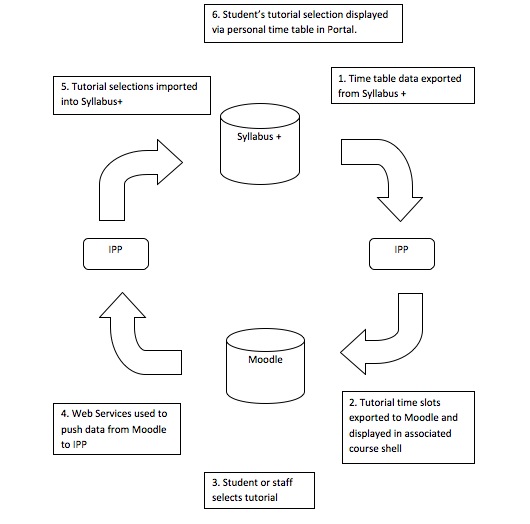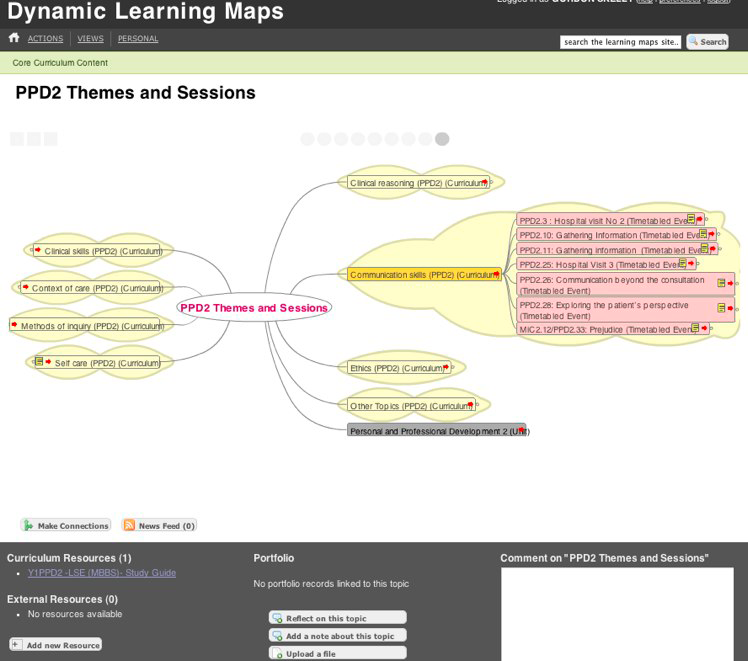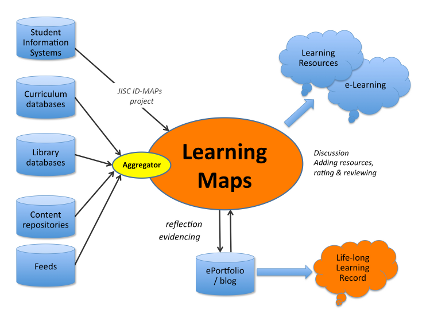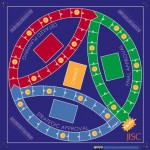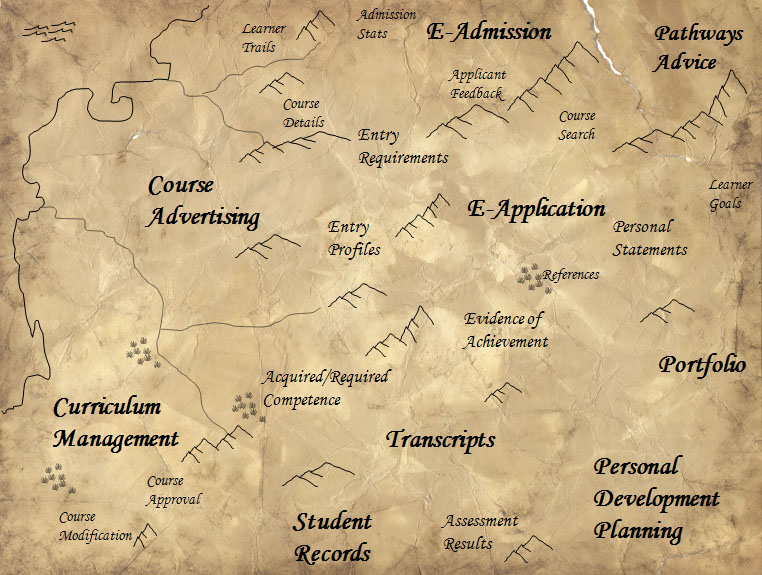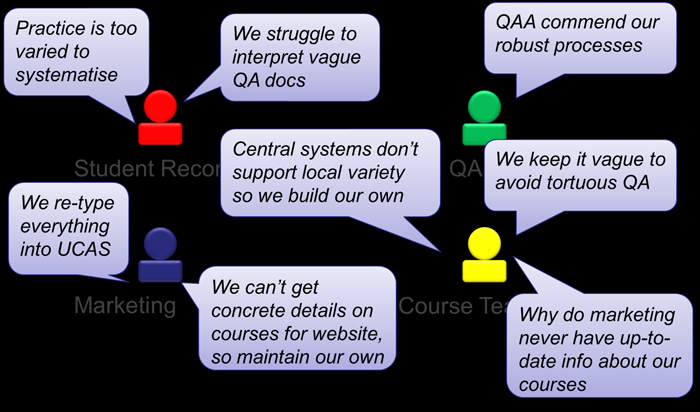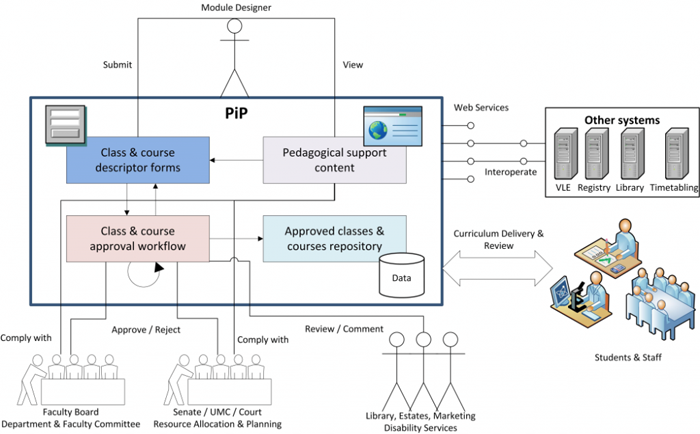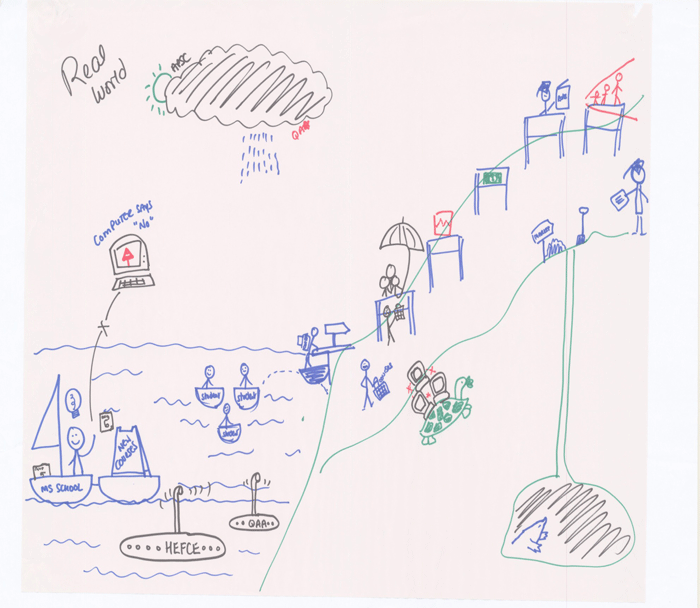One of the advantages of having being involved with JISC for a number of years (as a project and a service) is the opportunity to reflect on some activities that we’ve been involved in for some time. We thought it would be interesting to take the long view of some of our involvement with OER, XCRI and Learning Environments and reflect on what has worked and why, and where we think these activities are going next.
In this final article, we asked Lou McGill and Sarah Currier to talk to CETIS staff and devise
the timeline and this story to illustrate CETIS involvement in the area of Learning Environments over the last decade.
Learning Environments
In the mid 1990’s educational institutions began to see the potential that computer networks could offer to manage their learning activities and content. Alongside that developments on the web were transforming what could be achieved using technology to support learning, often described as e-learning. These two elements essentially emerge from two different motivations one to manage learning, and its’ outcomes, and one to directly support learning. It could be argued that this difference led to a dichotomy of provision for learners through the early 2000s that is now being addressed by more holistic approaches to support an increasingly diverse range of learners.
As institutions invested in Virtual Learning Environments (VLEs) they realised the benefits of linking these to other institutional data systems such as library and student records and the notion of Managed Learning Environments (MLEs) emerged. In parallel, early adopters of web based technologies such as wikis and blogs were focussing on social interactive aspects of learning akin to social constructivist approaches [1]. CETIS highlighted the value of Personal Learning Environments (PLEs) as early as 1999 [2] and have contributed much to this field as educators have now moved towards a range of models to create Distributed Learning Environments (DLEs) [3] that fulfil a range of management and pedagogic requirements. This timeline [4] charts the story and provides links to further information.
How we got here
Investigating and advising on requirements for VLEs was an early activity for CETIS. As institutions started building or procuring these new tools for online education, a number of challenges became evident.
One challenge related to constraints VLE design placed on pedagogical flexibility, directly affecting the learning experience. Professor Oleg Liber and Dr. Sandy Britain penned the seminal 1999 report ‘A Framework for the Pedagogical Evaluation of Virtual Learning Environments’ [5]. This report became an international jumping-off point for exploring the relationship between technology and teaching and learning; a key premise for JISC CETIS’s work since.
The other key challenge concerned how VLEs interacted with other tools, such as student record, management information and library systems. Getting content into and out of VLEs, sharing it across departmental, institutional and regional borders, and being able to deliver the content in a flexible, useful way for learners, were all issues that needed to be addressed. Interoperability requirements entered the equation, and the concept of the managed learning environment (MLE) was born.
Virtual Learning Environments to Managed Learning Environments
CETIS supported the JISC MLE Programme, and became JISC’s representative on the IMS Global Learning Consortium [6], which was producing the relevant interoperability specifications. To fulfil this role, CETIS nurtured local communities of practice (known as special interest groups) to investigate requirements on the ground. These communities coalesced around educational metadata and repositories, assessment, learning design, content packaging, and enterprise systems requirements. CETIS’s experience with the standards development cycle enabled it to support this work, from establishing user requirements, to developing standards based on these, advocating for and supporting their uptake and implementation back in the communities, and using the communities’ experiences to further refine requirements. CETIS staff edited the MLE guide which later became the JISC Infonet toolkit ‘Creating a Managed Learning Environment’ [7] which offered practical advice on the kinds of questions that institutions needed to address when implementing an MLE.
Managed Learning Environments to Personal Learning Environments
The most successful interoperability initiatives around MLEs were enterprise level projects linking student record systems with VLEs [8],[9] and CETIS were instrumental in feeding back experiences from projects to the final version of the IMS Enterprise Services specification. Other, more experimental specifications looking at assessment, content packaging, and learning activities engendered a growing acceptance that a university-wide one-size-fits-all approach was unsustainable [10]. At this time the concept of the e-framework [11] emerged which attempted to map MIS systems in universities and offer an alternative service oriented approach to interoperability. Meanwhile, the Web 2.0 revolution was under way, and new, free tools were emerging on the open web. Students’ expectations of everything from email to online discussion to creating and sharing their own content changed. A session on PLEs at the 2004 CETIS Conference [12] is noted in Wikipedia [13] as the first recorded use of the term. Through the JISC-funded PLE reference model project in 2005/2006 [14], JISC CETIS further developed the idea of the Personal Learning Environment.
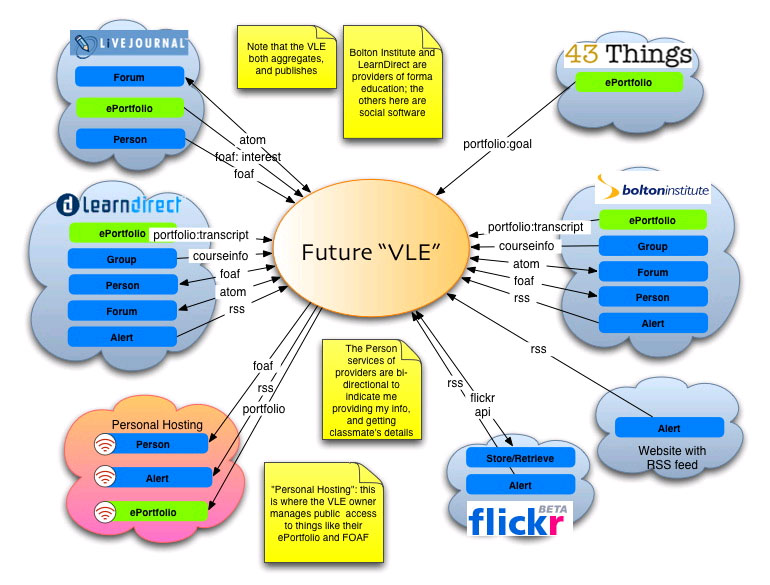
Image by Scott Wilson, CETIS. The future of the VLE, 2005 [15]
This vision saw learners using a combination of tools of their choice in parallel to the institutional VLE / MLE. It offered universities options to pick and choose which tools they wanted to support, and make their own enterprise systems interact with these tools. CETIS also supported JISC and the international education sector in looking at Service Oriented Architecture (SOA) [16],[17] at the enterprise planning level, and at widgets at the individual level, all of which dovetailed with this new vision. The key goal however was to move from two parallel approaches to a more holistic model with the learner in control.
Where we are now
Personal Learning Environments to Distributed Virtual Learning Environments
Important features of Personal Learning Environments were of learners setting their own goals and managing both the content and processes. However, not all learners want the added responsibility of creating their own learning environment, and most universities want some control over what they offer to students, not least because of the increasing complexity of system support requirements. Alongside this there were some exciting mash-ups of tools and services which offered some innovative approaches to bringing together institutional and web service tools. The 2007 CETIS conference included a hands-on session with some demonstrations of educational related mash ups [18]. During 2008 the interest in widgets continued and CETIS started to engage with the W3C widget specification group who produced a widget landscape study [19]. Following this an interview with Scott Wilson highlighted ways in which widgets could be used to extend VLE functuionality [20]. Around the same time IMS began work on the LTI (learning tools interoperability) specification [21] which enables quick integration of widgets and externally hosted services into systems like VLEs.
The 2008 CETIS conference included a session dedicated to designing widgets for education [22] which highlighted an interest within the community for a working group [23] around sharing practice in developing and deploying widgets. This group aimed to build a widget infrastructure, to determine models of widget use in teaching practice and to identify what widgets were needed in the HE/FE community.
The 2009 CETIS conference broadened widget development work to look at the various ways in which individuals and institutions were integrating widgets to expand their learning environments [24]. CETIS presented four main approaches and later developed and described these in the Distributed Learning Environments (DLE) Briefing paper [25] which was written by Sheila MacNeill and Wilbert Kraan. CETIS also worked closely with JISC programme managers to shape a new programme to explore the viability of these models.
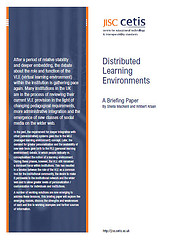
The goal of the JISC Distributed Virtual Learning Environments (DVLE) [26] Programme was to take the best ideas from VLEs, MLEs, and PLEs to allow more flexibility and less silo thinking. Working with students, teachers and system administrators, the projects have been exploring the development and integration of widgets, apps and gadgets into a variety of commonly used learning environments. The programme has had two strands, one focussing on rapid development and deployment of widgets, and the other exploring institutional approaches to integrating flexible tools and services into teaching and learning environments. As this programme draws to a close we have some excellent exemplars for the wider community. For example the Manchester Metropolitan University’s (MMU) impressive W2C project [27] has added value to their core Moodle VLE, and through strong partnerships and institution-wide activities have proven that a mega-mashup service-oriented approach can work at institutional scale. The Open University DOULS (Distributed Open University Learning Systems) project [28] have utilised a range of Google gadgets and developed a useful set of open guidelines on usability and accessibility from within a VLE. Sheila MacNeill from CETIS produced a useful summer roundup blog post [29] describing each of the projects and their activities. This programme has drawn together over a decade of exploration; with it JISC, and CETIS, have supported the sector’s journey towards flexible and customisable learning environments – what Sheila describes as “pick and mix” learning environments. As the final outcomes are synthesised the wider community should have a range of models and supporting information to learn from.
Where we are going?
We asked Sheila, one of the authors of the CETIS DLE briefing paper, to consider if any of the distributed models presented in 2010 have emerged as stronger, been adopted more fully, or if any had been less effective. Naturally we ended up speaking about the financial constraints currently impacting on educational institutions and their readiness to invest in either institutional technologies or staff to support web services. Sheila felt that this more ‘risk averse’ climate had impacted on institutional readiness to engage with the cloud computing model but that this may still emerge in the future as an attractive model.
Two of the models have emerged strongly as current solutions – and interestingly these present two sides of the picture that have been discussed throughout this article – one institutional model and one more individually focussed model… Institutions are, at present, tending to adopt the ‘plug into existing VLEs’ model which reflects their desire to make good use of existing investment and skillsets, whilst recognising the potential value that stable plug-ins can offer. It’s a relatively safe model that is supported by developments in IMS LTI and Widget specifications. The model that offers a more individual approach to mash-ups – ‘many widgets into one widget container’ such as Netvibes [30] or iGoogle [31] tend not to be integrated into institutional systems but present both educators and students with a way to pull together different elements of their learning environments. It is difficult to estimate how widespread this model currently is but it presents an approach which supports individual control and self regulation.
One of the models identified by Sheila and Wilbert presented the idea of client and provider, using Sakai [32] as the key example. Sakai offers learning management, research collaboration and ePortfolio solutions in one system and is used by 350 educational institutions. Some of the projects in the DVLE programme have used external 3rd party hosting for some elements of their systems, including UCL [33] and Google for email or apps. This kind of model presents possibilities for cost efficiencies and may appear to be less risky. In the short term future we may see more institutions adopt this model – making effective use of expertise and services available elsewhere. In the longer term it will be fascinating to watch this story continue to unfold as institutions seek to balance their institutional needs with the growing demands of highly diverse learners.
About Lou
Lou McGill is currently working independently and has recently been involved in synthesis and evaluation activities for the HE Academy/JISC UKOER programme and the JISC Transforming Curriculum Delivery Through Technology programme. She lead the team that produced the Good Intentions report on business cases for sharing and worked on the LLiDA study (Learning Literacies in a Digital Age). She has experience of working in a range of HE institutions as a librarian, learning technologist and project manager and used to be a JISC Programme Manager on the eLearning team. In the distant past she worked for NIACE (the adult learning organisation) and in Health education for the NHS. Her interests and experience include digital literacy, information literacy, open education, distance learning, managing organisational change, and effective use of technologies to support learning. Further information on Lou’s work can be found at: http://loumcgill.co.uk
About Sarah
Sarah Currier is an educational content management specialist, with a background in librarianship. After emigrating to Scotland from New Zealand in 1997, she worked with educational repositories, metadata and content, including OERs, from 1999 until 2009, including stints with JISC CETIS, IRISS Learning Exchange, and Intrallect Ltd. She then spent three years running her own consultancy, with a varied portfolio including projects on open science, agile metadata management, data skills development, and the use of social media in supporting educational communities of practice. Sarah now commutes between Glasgow and Manchester, coordinating Jorum R&D projects and leading the JLeRN Experiment at Mimas (sarah.currier@manchester.ac.uk).
